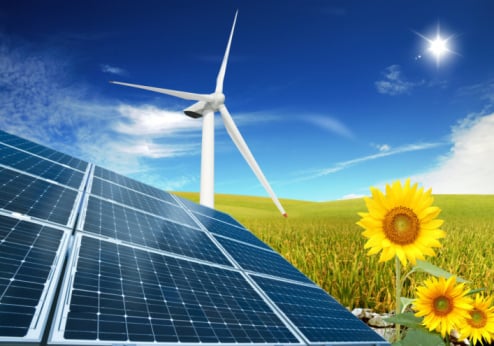All time view
FSLR Stock Price and Chart — NASDAQ:FSLR — TradingView
EV/Lithium stock holders need to look at the solar industry to find clues on how stocks of new technological inventions fared.
As you can see in the above chart, First Solar had a parabolic stock price rise during 2007-08 when solar power took centre-stage. It barely became mainstream at the time, but the innovation that it represents offer to transform the power sector. It then suffered a big crash that wiped out 60% of its price in early 2009, which then underwent a protracted winter hibernation for 2 years before an even larger crash in 2011-12, by that time it became obvious that the uptake in solar energy was anything but unlike the blue sky growth that the market had imagined in 2007-08. Thereafter, you can see the stock moved sideways for a good 8 years before making a notable uptrend trajectory from 2020 onwards (and attributable to Biden's win).
I think the EV/lithium stocks are emulating this solar stock price pattern. We have already seen the big fall in EV/lithium stocks and many believe we have bottomed. But bottom we have not, we are more likely to be in the same 2 year period of winter hibernation when the stocks moved nowhere, before a larger crash lying ahead that will take it to new lows. Thereafter, it could be a long grind towards recovery, and even a few bags later won't take it back to its all time highs of 2020-21.
And why lithium and solar could share the same experience? Both are controlled by China. When the industry is controlled by China globally, prices can't move higher which means margins stagnate and industry compete on volume and efficiency. In other words, commoditised. Lithium is no Iron Ore - China can produce cheap steel products but does not control the supply chain.
And this is what I am warning you about EV/Lithium stocks on what likely portends ahead.
Solar Stock Rally Nears 2007-2008 Craze: Time for a Reality Check?
Jon C. Ogg
Published: May 21, 2013 11:20 am
Last Updated: May 21, 2013 11:21 am
Source: thinkstock
The solar stocks are back on fire. The problem is that this feels a lot like 2008, without the super-high share prices making it feel like another 1999 dot-com bubble all over again. We wanted to compare just the U.S. solar recovery players to the past, without focusing on all the Chinese solar stocks.
In this effort, we have focused on the former peaks from the 2007 to 2008 glory days, if applicable. The run higher seems like a bubble, but you will see that the bubble of today is nothing compared to the bubble of 2007 and 2008, when energy and alternative energy were flying high.
Solar Power Industry: An Analysis
According to a report by Precedence Research, the global solar power market was worth $170 billion in 2022. The market is expected to grow at a compound annual growth rate of 14.9% and reach $678.81 billion by 2032. The growth is driven by a rise in government incentives and increased environmental issues. The demand for solar cells is also skyrocketing due to a rise in rooftop installations.
Segment-wise, photovoltaic (PV) systems dominated the global solar market, accounting for a share of nearly 70% in 2022. Concentrated solar power systems are anticipated to be the most opportunistic segment over the forecasted period, driven by the rise in solar energy demand. Within applications, the industrial segment accounted for over 35% of the share in annual revenue of the global solar power market in 2020. On the other hand, the residential segment is expected to be the fastest-growing segment, driven by rising awareness about solar power's monetary and environmental benefits.
Regionally, Asia Pacific led the market with a share of over 30% in 2022. The Asia Pacific market is expected to reach $230.79 billion by 2032. A growing population, rapid urbanization, high disposable income, and increased technology adoption are expected to drive the market's growth. China, Japan, South Korea, and India are some of the leading countries with high solar power utilization. North America is expected to grow at a significant pace over the forecasted period, with the United States as the major shareholder in total solar power consumption.
Key Players in the Market
Some of the major players in the market include NextEra Energy, Inc. (NYSE:NEE), First Solar, Inc. (NASDAQ:FSLR), and Adani Green Energy Ltd (NSE:ADANIGREEN).
First Solar, Inc. (NASDAQ:FSLR) is a major solar company in America. On January 19, the company announced the expansion of its solar panel production facilities. The company has acquired a new facility in Ohio which will be transformed into a distribution center for its manufacturing base in the state. This acquisition will help the company improve its logistics and reduce costs. It will also support First Solar, Inc.'s (NASDAQ:FSLR) goal of achieving 14 GW of US solar manufacturing capacity by 2026.
- Forums
- ASX - General
- EV/Lithium
EV/Lithium, page-417
- There are more pages in this discussion • 146 more messages in this thread...
You’re viewing a single post only. To view the entire thread just sign in or Join Now (FREE)









